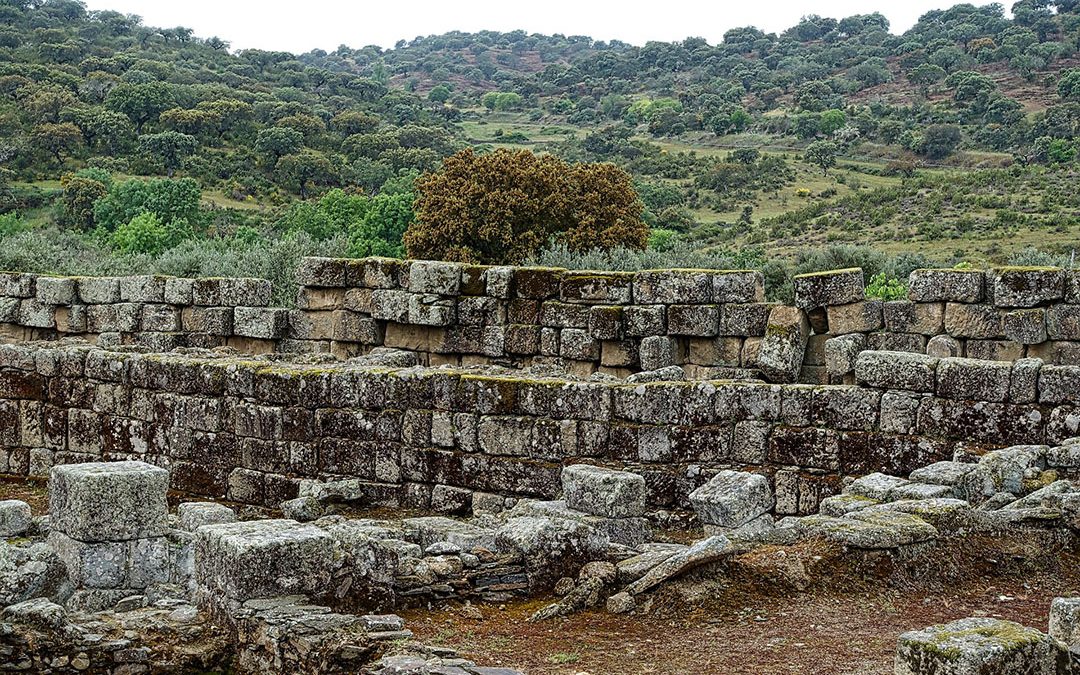“Ancient Apocalypse” is a controversial series currently running on Netflix. Author and investigative journalist Graham Hancock is the creator and narrator of this remarkable visual exploration of ancient ruins in Indonesia, Mexico, Malta, Turkey, the Bahamas and North America which could conceivably support Hancock’s hypotheses that:
- A global cataclysm wiped out most of the world’s civilizations and changed the shape of the continents around the end of the last Ice Age (approximately 9,600 BC); and
- The remains of those civilizations scattered over the world and under the sea are evidence of highly advanced civilizations.
The cause of the controversy over this program is that Hancock’s findings call the established linear timeline of humanity’s social evolution into question. According to Hancock (who for many years was a feature writer for the prestigious British magazine The Economist ) there were highly advanced civilizations built by humans that were destroyed in a cataclysmic event that affected Earth with global catastrophes on par with the asteroid hit at Chicxulub at the end of the Cretaceous. Incrementally archeologists have used advanced technology at ancient sites to observe and measure the age, construction and engineering techniques evidenced in these ruins with some astounding results. For example, the vast pyramid ruins at Gunung Padang on Java, at Cholula in Mexico, and the megalithic temple remains on Malta were all built prior to the 9,600 BC event and demonstrated an advanced level of mathematics, engineering and construction. This implies that these vanished civilizations predated the Sumerians (4100 – 1750 BC) by more than 500 years, and dynastic Egypt (beginning approximately 3000 BC) by over 600 years.
Hancock bases his narrative and stated analysis on the physical record and adheres to a positivist protocol in order to maintain his credibility. However, he ensures the presence of a truly intriguing subtextual hypothesis throughout the episodes, which is that humanity is in a state of collective amnesia surrounding the alleged cataclysm of 9,600 BC. This concept is not new. It was the subject of Mankind in Amnesia by Immanuel Velikovsky (1982). He further encourages us to read the cross-cultural mythologies which consistently refer to this event as historical records rather than as fairy tales contrived by primitive people to explain things that only modern science can demystify.
Whether or not one agrees with Hancock’s theories and explanations is a personal choice. But the physical evidence he exposes alone begs the question “Do we really know as much as we think we do?” And if not, how might a trauma of that magnitude affect us transgenerationally in ways that we can’t fathom. After all, if said cataclysm occurred, we are the descendants of its survivors and carry its memory in our DNA. How might that repressed memory be influencing our personal and collective lives in this day and time? In these days of global uncertainty and unrest perhaps we would benefit by keeping open minds as we look for clues in the past for what our future may bring forth.
___________________________
 All of Graham Hancock’s books are in print and available on Amazon. Fingerprints of the Gods, Underworld: The Mysterious Origins of Civilization, and Visionary are engaging reads and lay the foundation for Ancient Apocalypse (which is currently streaming on Netflix.)
All of Graham Hancock’s books are in print and available on Amazon. Fingerprints of the Gods, Underworld: The Mysterious Origins of Civilization, and Visionary are engaging reads and lay the foundation for Ancient Apocalypse (which is currently streaming on Netflix.)

